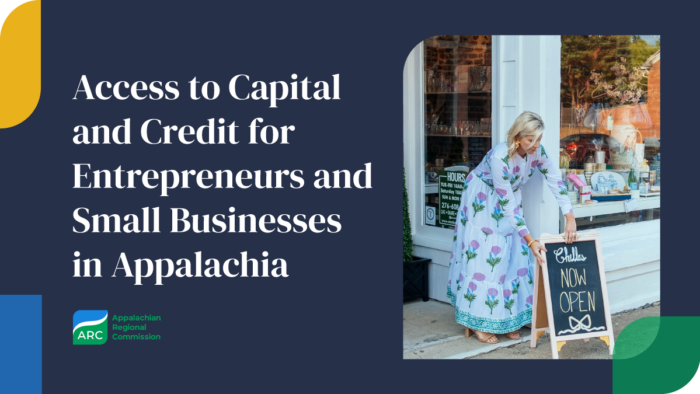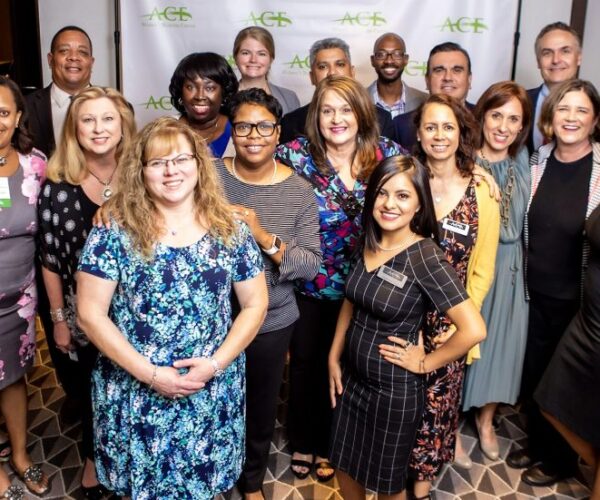
- surveys the economic landscape of small businesses and entrepreneurs in Appalachia,
- outlines the available capital supply, and
- calculates the demand for such capital.
The report also considers the significant and lasting effects of the COVID-19 pandemic on this economic landscape. Based on the existing supply and capital sources, the research points to core needs across Appalachia and proposes solutions to address barriers and improve capital flow.
Read the press release, download the report and explore findings below.
Key Findings
2.4M
Small Businesses Operating in Appalachia (2020)
99%
Percentage of All Appalachian Business Considered “Small” (2020)
$70B
Average Annual Amount of Unmet Capital Needs (2017-2022)

Small Businesses Drive Economic Vitality
In 2020, small businesses made up 99% of all businesses in the Appalachian Region. However, these businesses face barriers to capital access that impede their success and, in some cases, their survival.
The report estimates unmet capital demand represents a $70 billion growth opportunity in Appalachia.

Solutions for Increased Access
Based on key findings, the report provides a set of solutions, including:
- Increase ability of regional and community lenders to access and structure capital for small businesses.
- Consider the loan size and unique credit needs of entrepreneurs in Appalachia.
- Connect local capital resources and coordinate programs.
- Build capacity of capital providers.
Meeting Capital Needs in Appalachia
The Next Street research team had in-depth conversations with more than 25 organizations working throughout the region, which provided local perspective and on-the-ground insights. Nineteen of those organizations have used, or are currently using, ARC funding to address the aforementioned gaps in capital access. Explore some of their stories below.
Investment in Action
Access to Capital for Entrepreneurs: Supporting Businesses of All Backgrounds
For 20+ years, Access to Capital for Entrepreneurs has empowered entrepreneurs in Appalachian Georgia by lending to those who might be overlooked.

Investment in Action
Central Appalachia: Increasing Capital Access in Coal Communities
ARC POWER partners are using millions to make financial resources accessible for coal-impacted communities.

Investment in Action
ACEnet: Empowering Local Food Entrepreneurs
In Appalachian Ohio, local food provides a clear path to opportunity, and resilience, in communities.

Investment in Action
Appalachian Community Capital: Investing in the Investors
In 2013, with seed money from ARC, Appalachian Community Capital was founded to increase business lending opportunities in the region.


